Bavarian Castles: The Best and Most Famous Castles in Germany
Modern Germany has more castles than any other nation (although not per square mile - Wales holds that record), and of these Bavaria has the finest and most famous.
The state's chocolate box castles attract many thousand each year - castles that put Disneyland's pink facsimile in the shade.
And it’s not just the treasure-filled castles themselves that people love so much: many of these ancient structures are nestled in gorgeous forests, perched on impossible crags, or positioned by tranquil lakes.
A castle-bagging trip to Bavaria is made all the more magical by the area's history - especially the eccentric and opulent tastes of King Ludwig II, who masterminded no fewer than three eye-popping structures - now regarded as among the best German castles of all.
So if you're heading to Bavaria and not sure which castles to place on your bucket list, don’t worry, here we present Bavaria's finest and most beautiful examples...
Explore Bavaria's castles with the Deutschland Ticket
2023’s much-lauded '9-euro ticket' - which offered unlimited travel for an entire month - has been replaced with a 49-euro 'Deutschland Ticket'.
While not as great a deal, it still includes unlimited travel on all public transport, exclusive of ICE intercity trains.
The Deutschland Ticket offers incredible value for money and could be the perfect way to explore castles in Bavaria this summer.
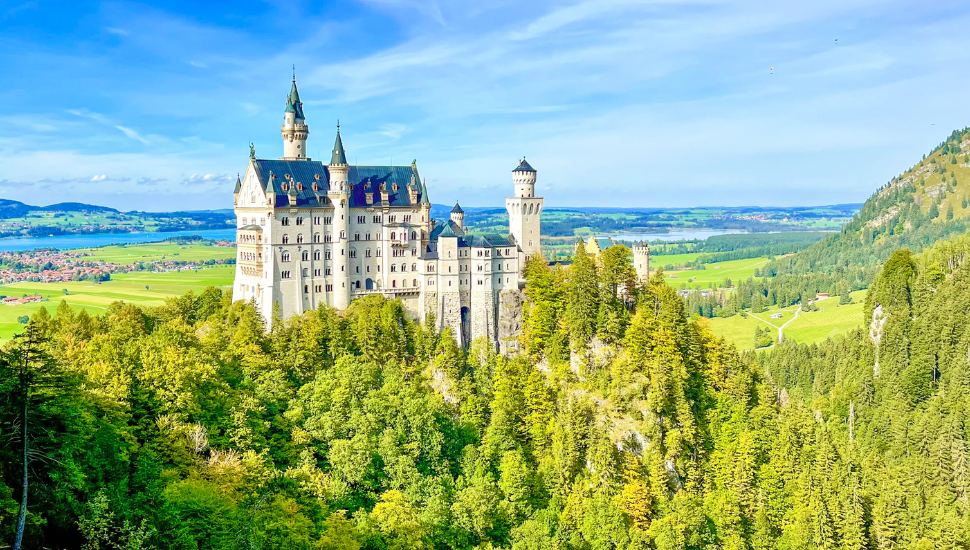
Neuschwanstein Castle
The soaring towers and mighty walls of Neuschwanstein Castle are known the world over. After all, it inspired Disney's Cinderella castle, and featured on the cover of Blur's 1994 No.1 hit "Country House".
Positioned on a vertiginous crag and accessed by a 406m Tibetan-style pedestrian bridge, it's easy to see why Neuschwanstein was so impregnable. Indeed, the Nazis stored priceless artwork here during World War Two, it being so far from Berlin and other key targets.
And while it may look old, the cornerstone of King Ludwig II's favourite castle was only laid in 1869.
Eccentric Ludwig wanted Neuschwanstein to recall a mediaeval knight’s castle, a goal reflected in both the fairytale exterior and the sumptuous interior.
The castle also boasts some rather unorthodox features - such as a cavernous grotto that connects to one of the palatial drawing rooms, complete with secret doors concealed in the rock!
While we've listed Neuschwanstein first, it's a good idea to leave the most famous castle in Germany until the end of your trip, and finish on a high.
Cost: 15 euros for adults; free for children (booking fees apply).
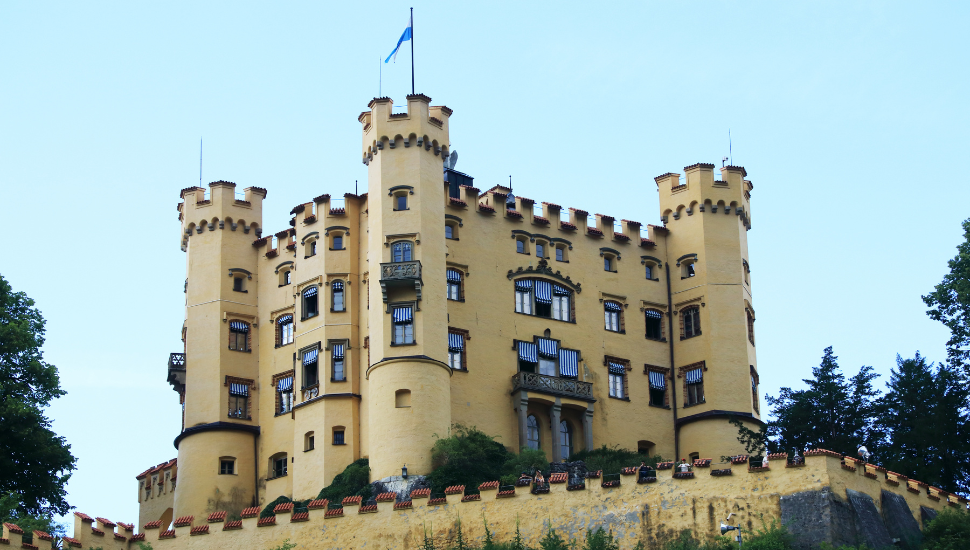
Hohenschwangau Castle
Located a catapult’s-throw from famous Neuschwanstein, Hohenschwangau Castle is a rather low key, poky affair by comparison.
However, as far as castles go, it's still pretty good.
Built by Ludwig II's father, Maximilian II, this neo-Gothic style structure was built on the ruins of a 12th-century Schwangau knights fortress.
Whether or not Ludwig wished to out-do his father's castle-building antics with Neuschwanstein Castle is unclear, but he still enjoyed summers here until he died in 1886 aged just 40 (in a mysterious boating accident).
Look out for beautiful frescoes featuring scenes from German mythology, including Lohengrin, the story of the Swan Knight.
Two pretty nearby lakes make for a delightful post-castle walk.
Unfathomably, Hohenschwangau Castle costs more to visit than its larger cousin.
Cost: 21 euros for adults; free for children (booking fees apply).
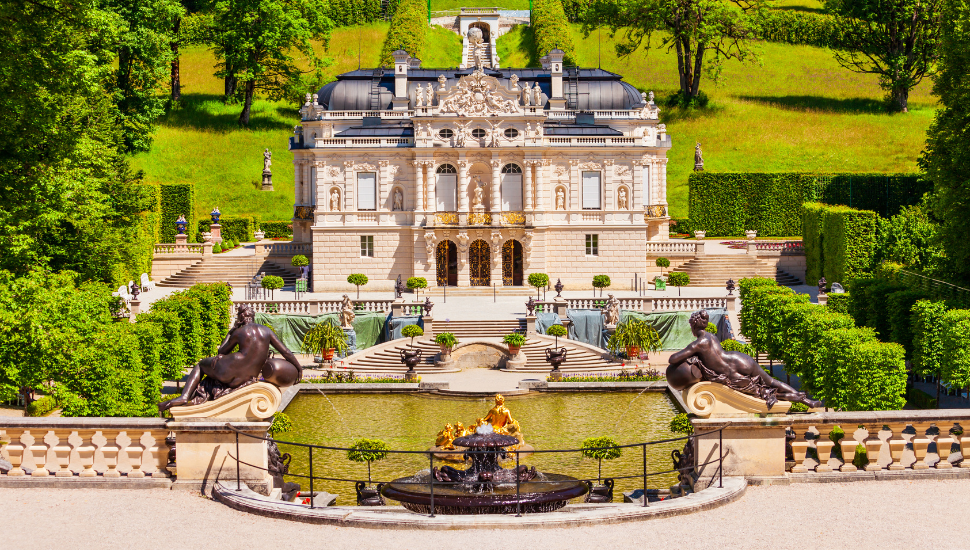
Credit: saiko3p - stock.adobe.com
Linderhof Castle
Not satisfied with having built the epic Neuschwanstein Castle, Ludwig set about creating Linderhof Castle (with a little help from hundreds of architects, engineers and craftsmen).
Linderhof may be Ludwig's smallest castle, but it’s also his most opulent. Indeed, in terms of show-stopping 19th-century ‘bling’, it ranks as one of the best castles in Germany.
It was also the only place he lived to see fully completed (in 1878).
Located at the foot of a lush hillside, the castle features a series of fantasy follies, gardens and fountains, all which were inspired by Ludwig's hero, Louis XIV, the 'Sun King'.
Among the fascinating buildings is the oriental Moorish Kiosk, in which Ludwig would sit on his peacock throne and oversee the evening's entertainment. There's also a man-made cave complete with emerald water - and the king's conch-like boat moored to the shore.
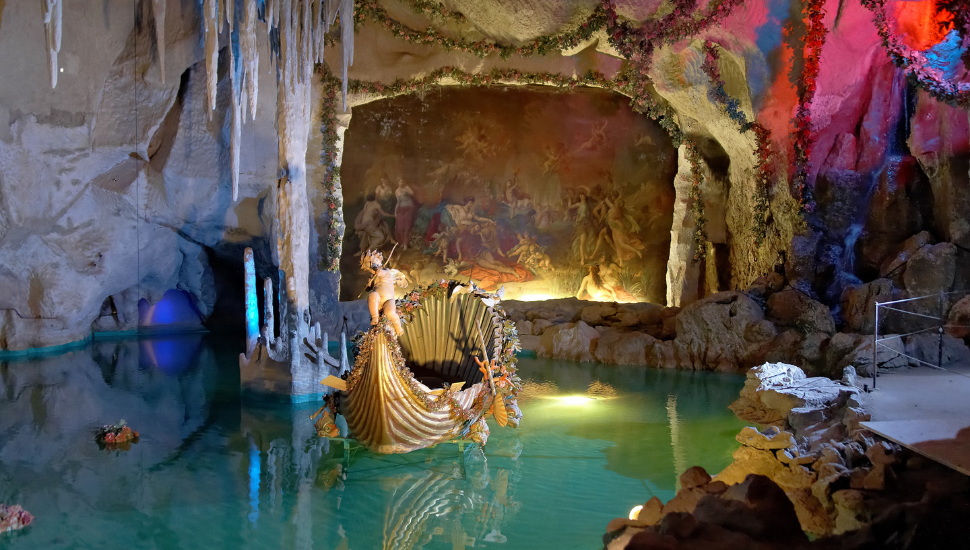
Credit: Mikhail Markovskiy - stock.adobe.com
Ludwig's famous private bedroom must be seen to be believed, complete as it is with a 500 kg 108-candle chandelier, and a dazzling amount of jewel-encrusted ornamentation. There's also an artificial waterfall outside the window - a kind of 19th century AC unit for cooling the room in summer.
If you only have time to visit one Bavarian castle this summer, we suggest you make it the lavish and beguiling Linderhof.
Adults: 10 euros (palace and park building); you can also see the astonishing outbuildings (excluding the palace) for a bargain 5 euros. Under-18s: free.
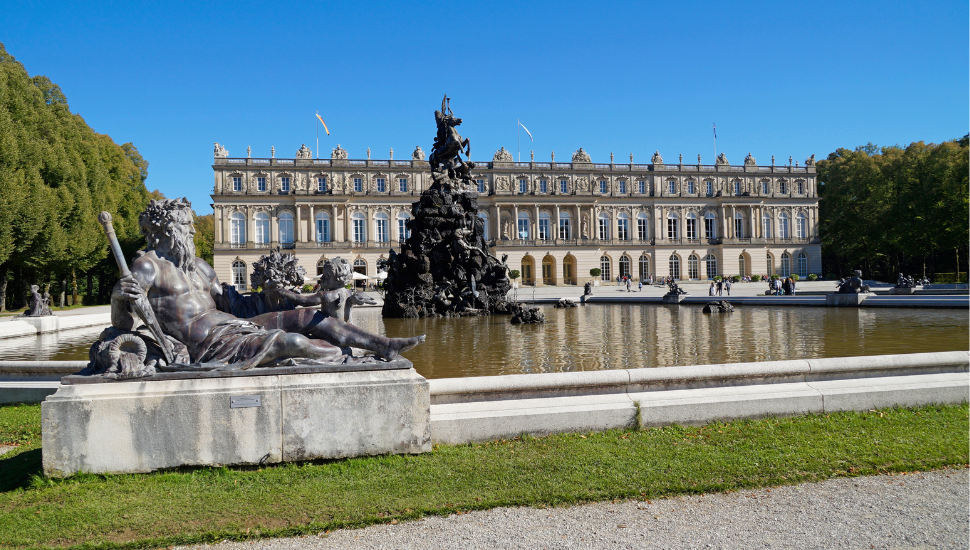
Credit: Julia - stock.adobe.com
Herrenchiemsee Palace
The third product of Ludwig II's castle-fixated mind, Herrenchiemsee Palace, was inspired by Versailles in Paris.
While Herrenchiemsee does not quite match the vastness and last-word opulence of Louis XIV marble-and-glass wonder, it's still an incredible achievement, and a truly famous German castle.
The interiors, especially, will leave you open-jawed in their majesty. Indeed, it was the costliest of Ludwig's three palaces; he employed more than 3,000 craftsmen to construct Bavaria's answer to Versailles.
The centrepiece of the palace is the Great Hall of Mirrors, inspired, of course, by the one in Versailles. Here, perhaps, Ludwig surpassed Louis XIV's palace.
However, seven years after construction began, Ludwig ran out of money - which is why there are wings and rooms that are still brickwork shells, a fascinating juxtaposition with the completed areas of the palace.
Ludwig's money problems also meant he couldn’t finish the two vast wings he had planned - which would have resulted in a truly Versailles-beating palace.
However, Herrenchiemsee and its beautiful surrounding gardens are well worth a few hours of your time while in Bavaria.
Adult ticket: 10 euros (includes King Ludwig II Museum; museum and galleries in the Augustinian Monastery.)
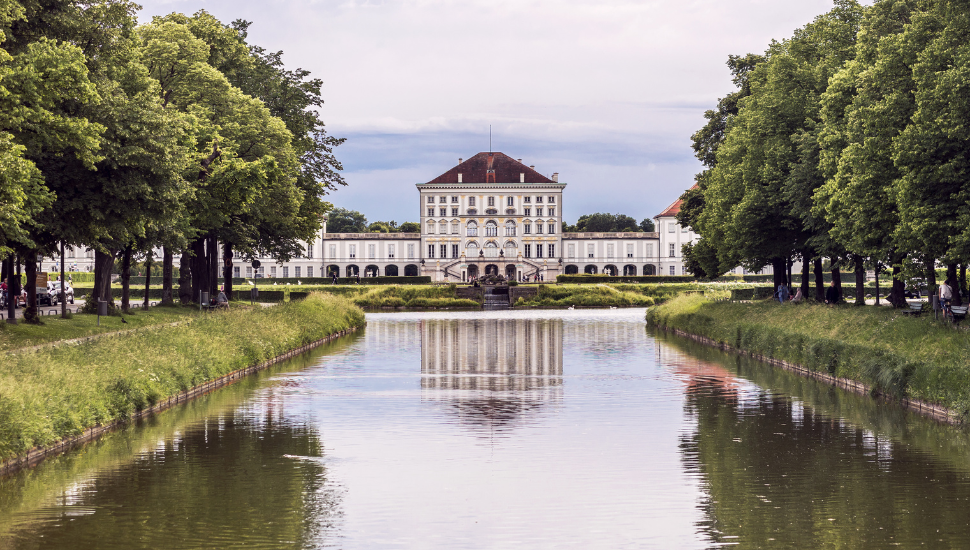
Credit: Maryana - stock.adobe.com
Nymphenburg Castle
Completed in 1675, the imposing Nymphenburg Castle is considerably older than others on this list, having been created as a villa for Electress Adelaide of Savoy.
It was expanded over the following century to become the royal family's principal summer residence.
As you explore the creaky parquet-floored rooms of the castle, you'll eventually come across the famous (or infamous?) Schönheitengalerie - a room filled with portraits of beautiful women of whom King Ludwig I was fond.
The best known artwork is that of shoemaker's daughter Helene Sedlmayr, to whom Ludwig gave an ornate dress for the sitting.
Other famed ladies include Lady Jane Erskine, and Ludwig's troublesome lover, Lola Montez.
The Queen's bedroom is another highlight, complete with the sleigh-style bed on which Ludwig II, Ludwig I's grandson, would eventually be born.
The ceiling of the King's Chamber features a series of stunningly intricate three-dimensional frescoes.
In the Marstallmuseum, meanwhile, you can peruse the royal coaches and riding gear, as well as Ludwig II's storybook rococo sleigh, complete with oil lamps so he could illuminate the routes of his nighttime jaunts.
The palace's vast English-style gardens are the perfect end to a visit to Nymphenburg, boasting water features, a cascade, and a canal.
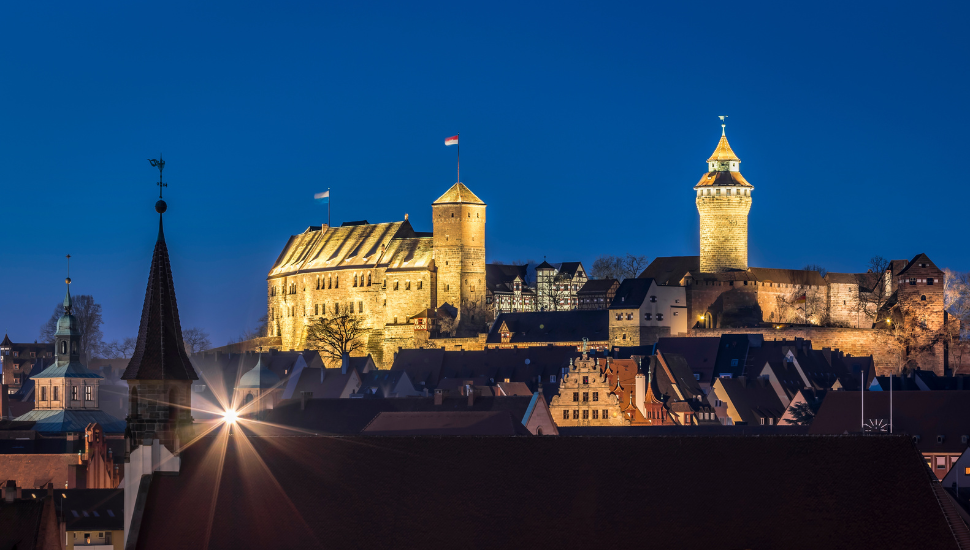
Nuremberg Castle/Kaiserburg
Mighty Nuremberg Castle has its roots in the 12-century, and is a vivid reminder of how important Nuremberg was during the Holy Roman Empire (800 to 1806). Indeed, the crown jewels of the Empire were once kept here (they are now in the Hofburg palace, Vienna).
Highlights include the Knights' and Imperial Hall and a Romanesque "double chapel" (one of the few in existence).
The structure's rich military and architectural history are laid bare in the Kaiserburg Museum, while the Sinwell Tower affords excellent views over Nuremburg’s Altstadt (Old Town).
The 48-metre Deep Well is a heart-thumping feature into whose abyss you can peer.
An exhibit on how the Holy Roman Empire functioned includes a statue of Charles IV which was swiped from Charles Bridge in Prague (a city for whom the king had great fondness).
Adult ticket: 7 euros (Palas with Double Chapel, Imperial Castle Museum, Deep Well & Sinwell Tower).
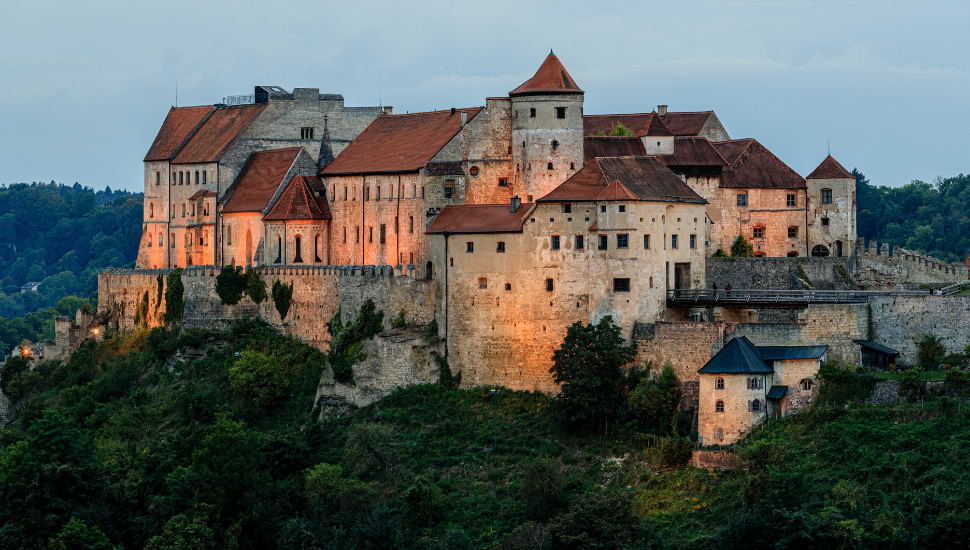
Burghausen Castle
Another ancient, history-packed castle, Burghausen dates from 1025, when it was used by the Dukes of Lower Bavaria until the Late Middle Ages.
It's best known for its length: it measures more than a kilometre, making it the longest castle in Europe - although in fairness much of the "castle" is actually interconnected courtyards!
Nevertheless Burghausen is a splendid sight, as are the views it affords over Burghausen (around 110 km from Munich).
While there are many well-kept rooms and courtyards to explore, highlights include the Chapel of St. Elizabeth, the Knights' Hall, and the Armory.
Adult 4.50 euros. Children free.
Get a Quote